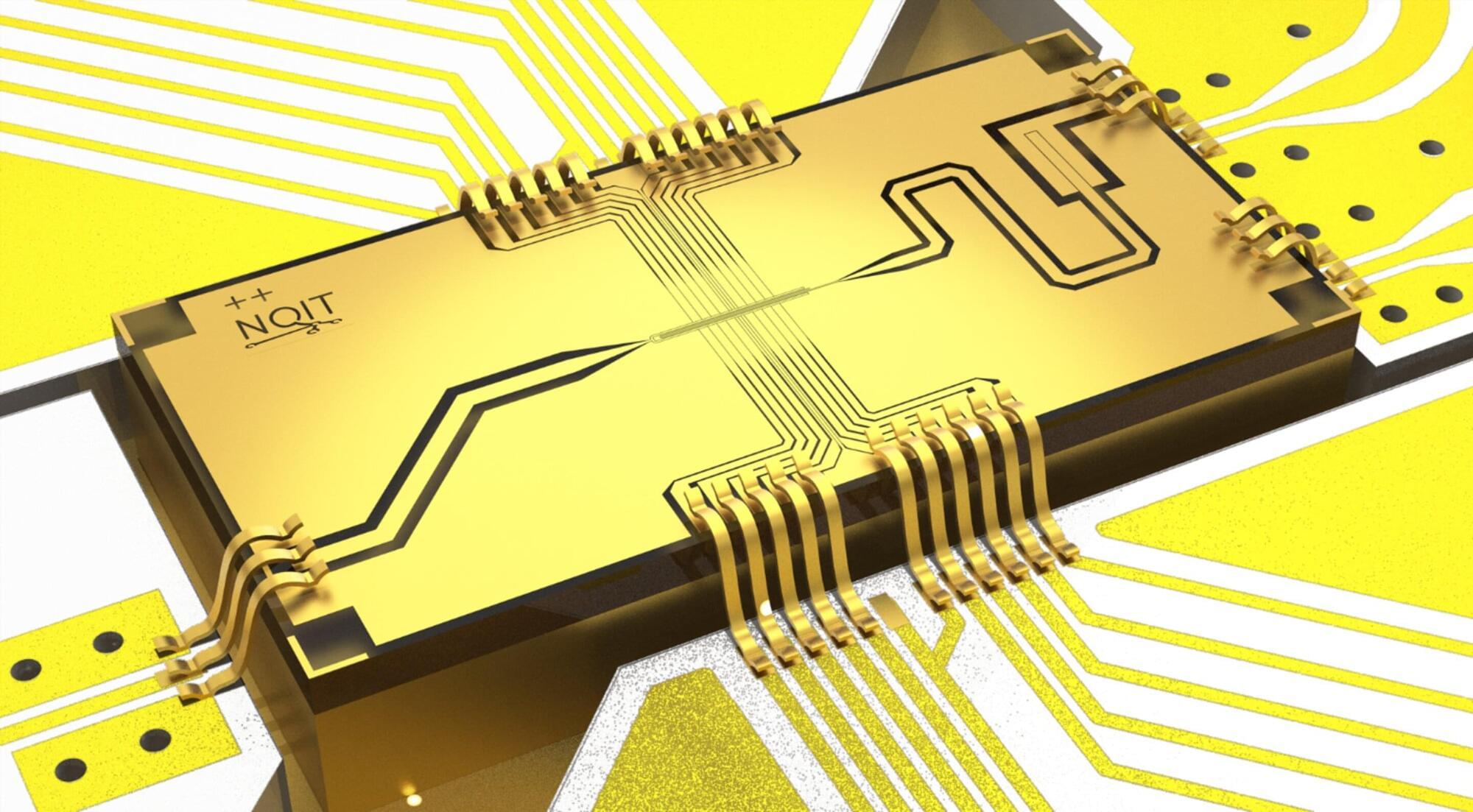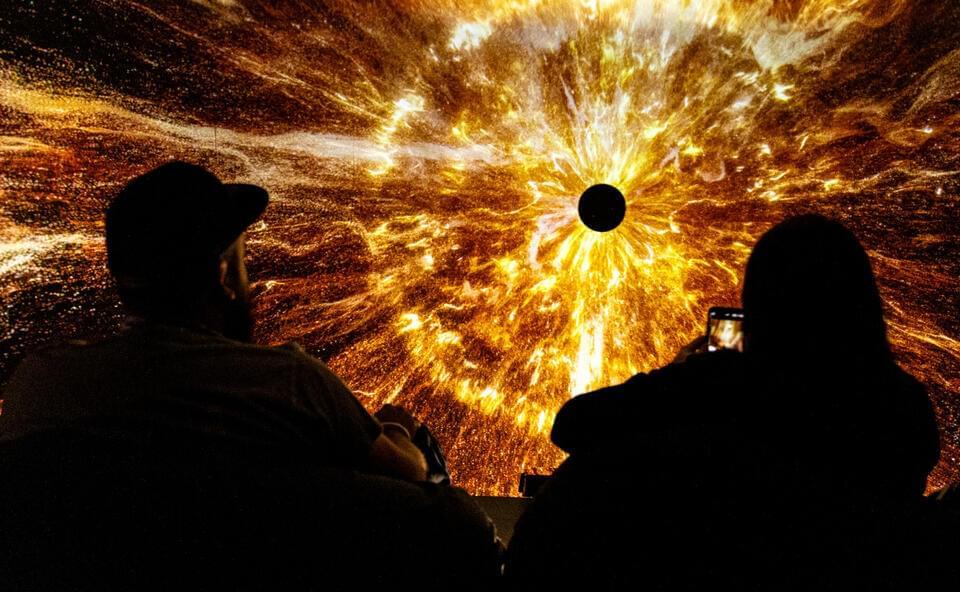In a monumental breakthrough, scientists have measured the speed of quantum entanglement for the first time—an achievement that is set to radically transform the way we understand the quantum world. For years, quantum entanglement was thought to be an instantaneous process, but this new research, published in Physical Review Letters, has pushed the boundaries of our knowledge, providing new insights into the quantum realm and setting the stage for revolutionary advances in data security and computational technologies.
Physicists at the University of Oxford have set a new global benchmark for the accuracy of controlling a single quantum bit, achieving the lowest-ever error rate for a quantum logic operation—just 0.000015%, or one error in 6.7 million operations. This record-breaking result represents nearly an order of magnitude improvement over the previous benchmark, set by the same research group a decade ago.
To put the result in perspective: a person is more likely to be struck by lightning in a given year (1 in 1.2 million) than for one of Oxford’s quantum logic gates to make a mistake.
The findings, to be published in Physical Review Letters, are a major advance towards having robust and useful quantum computers.
Quantum machine learning: Small-scale photonic quantum processor can already outperform classical counterparts
Posted in information science, quantum physics, robotics/AI | Leave a Comment on Quantum machine learning: Small-scale photonic quantum processor can already outperform classical counterparts
One of the current hot research topics is the combination of two of the most recent technological breakthroughs: machine learning and quantum computing.
An experimental study shows that already small-scale quantum computers can boost the performance of machine learning algorithms.
This was demonstrated on a photonic quantum processor by an international team of researchers at the University of Vienna. The work, published in Nature Photonics, shows promising new applications for optical quantum computers.
AI flywheel agents utilizing the LIFT approach stay adaptive, responsive and aligned with evolving business contexts.
Whether we lose some of the skills artificial intelligence performs for us largely depends on how we use this tech
Smart resin forms tough parts with UV light and dissolvable supports with visible light. This dual nature can make 3D printing waste-free.
Cambridge researchers created a quantum sensor using hBN, offering improved magnetic field detection over diamond-based sensors with new imaging possibilities. A team of physicists at the University of Cambridge has achieved a major breakthrough in quantum sensing by showing that spin defects in
SLC35B1 transports ATP into the ER, and its structure offers potential for targeted therapies in diseases linked to ER stress. A team of scientists has solved a long-standing question in cell biology by uncovering how the cell’s primary energy source, ATP, is transported into the endoplasmic reti
The accounting firm’s U.S. unit plans to integrate generative AI into internal workflows and help middle-market companies with AI strategies
A radical new theory suggests our universe didn’t begin with the Big Bang. It bounced out of a black hole inside a much older cosmos.









